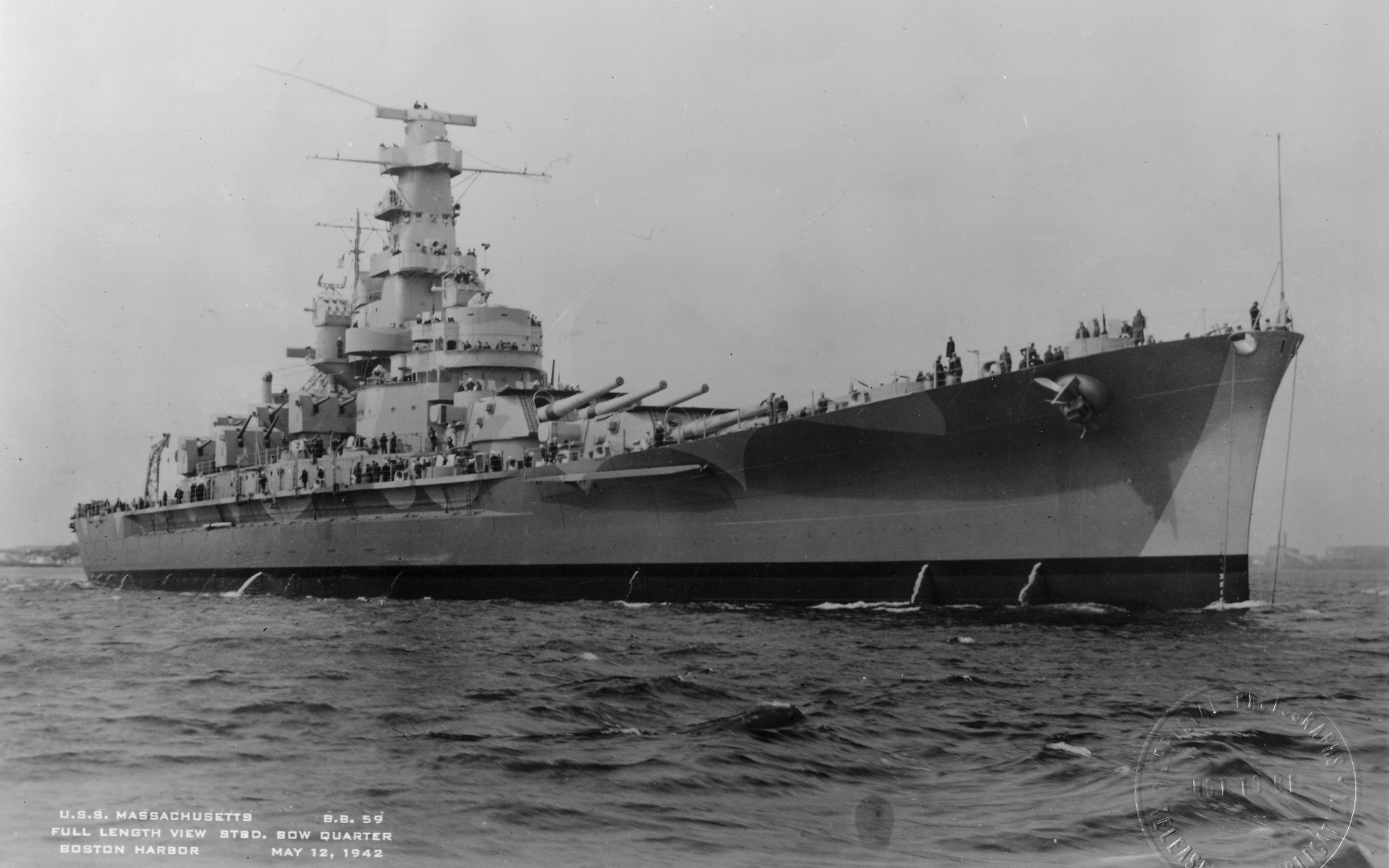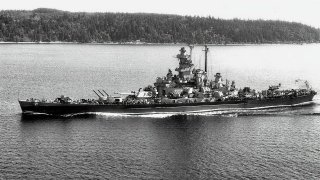The U.S. Navy's South Dakota-Class Battleships Were Oozing with Firepower
In the early 20th century, battleships were the epitome of naval power, leading to the construction of the South Dakota-class by the rising US Navy. These fast battleships, built just before World War II, marked an evolution from the North Carolina-class, overcoming treaty limitations to improve firepower, armor, and speed within a smaller displacement.
Summary: In the early 20th century, battleships were the epitome of naval power, leading to the construction of the South Dakota-class by the rising US Navy. These fast battleships, built just before World War II, marked an evolution from the North Carolina-class, overcoming treaty limitations to improve firepower, armor, and speed within a smaller displacement. The South Dakota-class, praised for its design within strict treaty constraints, served admirably in World War II but faded into obscurity post-war, overshadowed by the subsequent Iowa-class. Despite their historical significance, the era of battleships waned, with the South Dakotas decommissioned as naval warfare evolved.
A New Battleship Class for World War II
During the first half of the twentieth century, the battleship was the hallmark vessel of naval warfare.
Heavily armed and heavily armored, navies around the world invested heavily in the battleship as a method to project power across oceans and onto distant shores.
Amidst the heyday of the battleship, the US Navy, then a rising power, built four fast battleships known as the South Dakota-class, which would serve as a bridge to the larger and more impressive Iowa-class.
While South Dakota has since become overshadowed and relegated to the annals of naval history, the class served as an important marker in the evolution of the battleship.
Introducing the South Dakota
Construction of the South Dakota-class began shortly before World War II, with appropriations made for Fiscal Year 1939. The construction South Dakota marked the end of the North Carolina-class battleships, of which just two were made in the late 30s and early 40s.
The North Carolinas were fast battleships built to adhere to international treaty limitations, which capped the standard displacement of capital ships beneath 35,600 tons.
The result was a battleship that lacked some of the firepower, armor, and speed that the Navy desired at the time. The South Dakota, however, was constructed after the treaties limiting displacement had effectively crumbled (after Japan’s withdrawal), resulting in the “Escalator Clause” of the Second London Naval Treat that allowed for increased displacement – yet Congress was still only willing to approve construction of battleships within the 35,000 displacement limit.
So, the South Dakotas were constructed to be smaller – but with marked improvements over the North Carolinas, which suffered from insufficient underwater protection, outdated turbine engines, and limited deck space.
Many different designs were considered for the South Dakota-class, with much debate paid to the speed of the vessel. Naval historians William Garzke and Robert Dulin would argue that the finished South Dakota was the best of the treaty-era battleships.
Naval historian Norman Friedman, meanwhile, would agree, stating that the South Dakota design was “a remarkable achievement within very constricting treaty limits.” Friedman also argued that the South Dakota compared favorably to the succeeding Iowa-class, which was designed under the terms of the Escalator Clause.
“For half a century prior to laying the Iowa class down,” Friedman wrote:
“[T]he U.S. Navy had consistently advocated armor and firepower at the expense of speed. Even in adopting faster battleships of the North Carolina class, it had preferred the slower of two alternative designs. Great and expensive improvements in machinery design had been used to minimize the increased power on the designs rather than make extraordinary powerful machinery (hence much higher speed) practical. Yet the four largest battleships the U.S. Navy produced were not much more than 33-knot versions for the 27-knot, 35,000 tonners that had preceded them. The Iowas showed no advance at all in protection over the South Dakotas. The principal armament improvement was a more powerful 16-inch gun, 5 calibers longer. Ten thousands tons was a very great deal to pay for 6 knots.”
Fading Into Obscurity
The four South Dakotas – the South Dakota, Indiana, Massachusetts, and Alabama – saw considerable action in World War II, performing admirably.
Yet, at war’s end, the four South Dakotas were decommissioned. While the Iowa-class lingered, in and out of service, for a few more decades, the battleship era was effectively over, synchronized with the retirement of the South Dakota.

About the Author: Harrison Kass
Harrison Kass is a defense and national security writer with over 1,000 total pieces on issues involving global affairs. An attorney, pilot, guitarist, and minor pro hockey player, Harrison joined the US Air Force as a Pilot Trainee but was medically discharged. Harrison holds a BA from Lake Forest College, a JD from the University of Oregon, and an MA from New York University. Harrison listens to Dokken.


